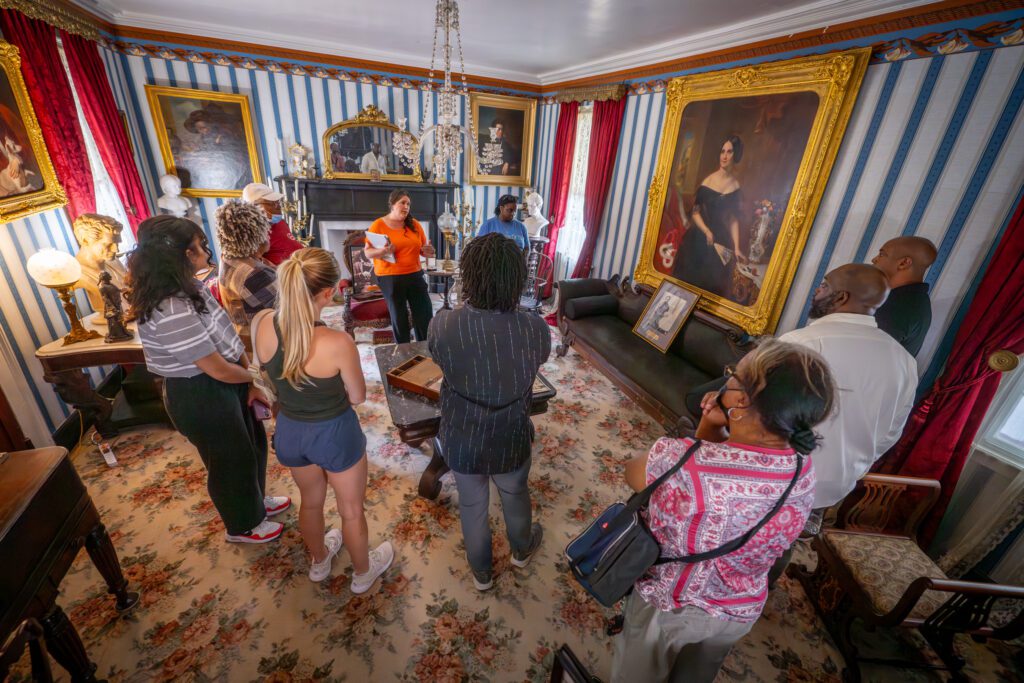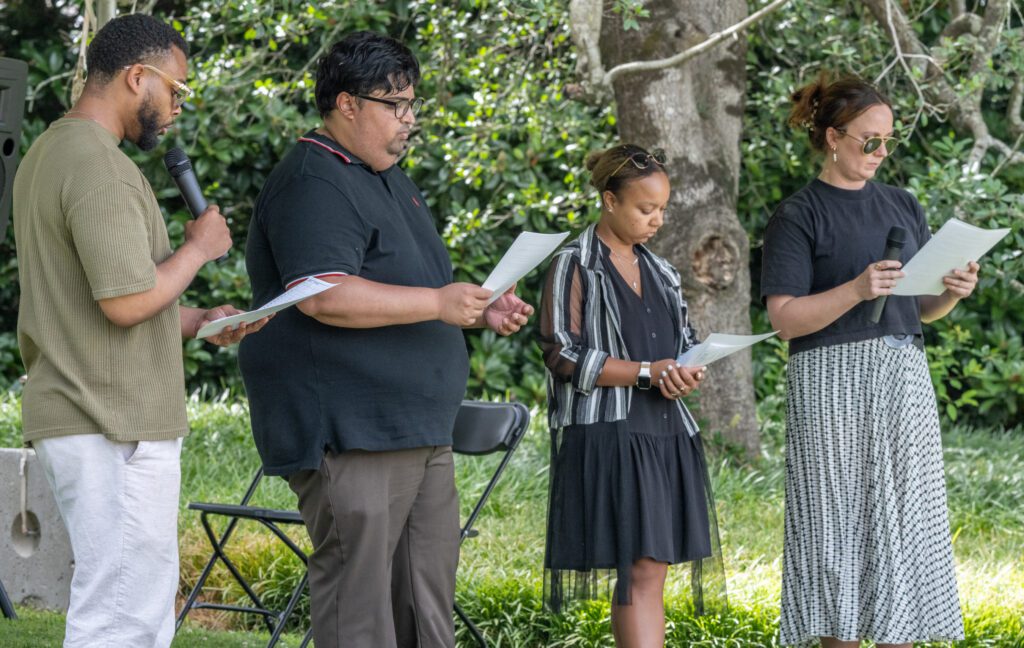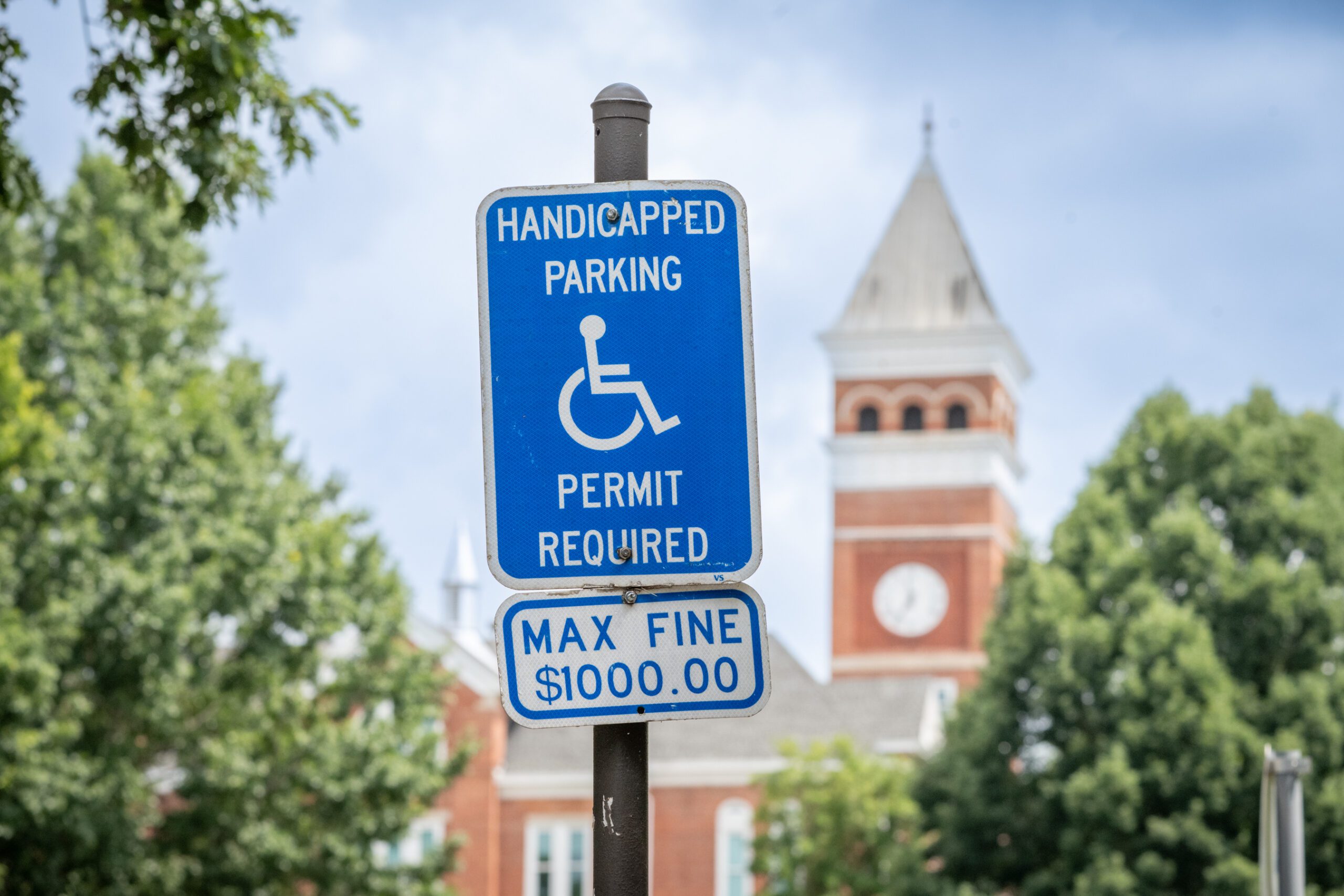Clemson University’s fourth Juneteenth ceremony, “A Celebration of Freedom,” took place in the heart of the University this year: The grounds of the Fort Hill National Historic Landmark. The stately white manor, built in 1803, is surrounded by immaculately maintained gardens, hedgerows, lawns and a small forest in the middle of Clemson’s main campus. The property was home to the school’s founder, Thomas Green Clemson, before him, his father-in-law John C. Calhoun, and the forced workplace of more than thirteen dozen enslaved people during South Carolina’s antebellum days.
As such, the event was a poignant interlacing of a complicated past with present-day hopefulness.
Juneteenth (a blending of “June” and “Nineteenth”) commemorates June 19, 1865 — two and a half years after the signing of the Emancipation Proclamation — when Union Major General Gordon Granger visited Galveston, Texas, to issue General Order No. 3 advising that enslaved African Americans in Texas were free. Juneteenth, also known as Emancipation Day, Freedom Day and Black Independence Day, spread throughout America and may be the longest-running African American holiday. Juneteenth became a federal holiday with the Juneteenth National Independence Day Act on June 17, 2021.

Clemson’s celebration included multiple events, including a special tour of the mansion focused on the enslaved community, a reading of the names of the 139 known enslaved persons liberated at Fort Hill and in Pickens County, musical and spoken word performances, and a catered lunch.
A highlight was the creation of the Fort Hill and Enslaved Community Family Tree, during which people attending the event tied papers with the names of enslaved persons to a fig tree behind the Calhoun mansion.

Mari Noorai, Clemson University interim director for historic properties, said the mansion, a landmark of Clemson’s main campus since the school’s founding, was the perfect place to hold the event, which took place over a span of more than five hours.
“The African-American experience is as much a part of this University as any,” said Noorai, who conducted the special tours of the property. “And it doesn’t stop there. The story of the Fort Hill and Pickens County enslaved people is a vital part of the history of Clemson, Pendleton, Central and Seneca. It’s all one story.”

Event manager Nigel Johnson, program coordinator for the Clemson University Black Heritage Trail, said he and the other organizers decided to stage this year’s Juneteenth to highlight the plight of the enslaved people who helped build the University and were largely forgotten.
“The significance of having it here is to bring light to those individuals that labored here, were enslaved here, and died here,” said Johnson. “It is a dark history, but you have to address those dark layers to bring honor to those who deserve to be honored. We want people to leave this event knowing more about the history of this University because, ultimately, Black history is Clemson history.”

The Gantt Multicultural Center, the CMN Coalition, and the Mellon Foundation co-sponsored the 2024 Juneteenth event.







